How a dairy project aims to increase farm soil carbon by 25%
“Weaponising soils” to boost carbon sequestration is part of Somerset dairy Yeo Valley’s long-term plans to fight climate change, while producing nutritious, healthy food.

“Weaponising soils” to boost carbon sequestration is part of Somerset dairy Yeo Valley’s long-term plans to fight climate change, while producing nutritious, healthy food.

Source: Farmers Weekly
“Weaponising soils” to boost carbon sequestration is part of Somerset dairy Yeo Valley’s long-term plans to fight climate change, while producing nutritious, healthy food.
The organic dairy brand has set itself the target of increasing soil carbon by 25% in the next 40 years at its two dairies in Blagdon, Somerset.
By doing so, the farms will carry a net carbon footprint of zero, which will help to reduce the overall carbon footprint of the brand (see “Yeo Valley facts”).
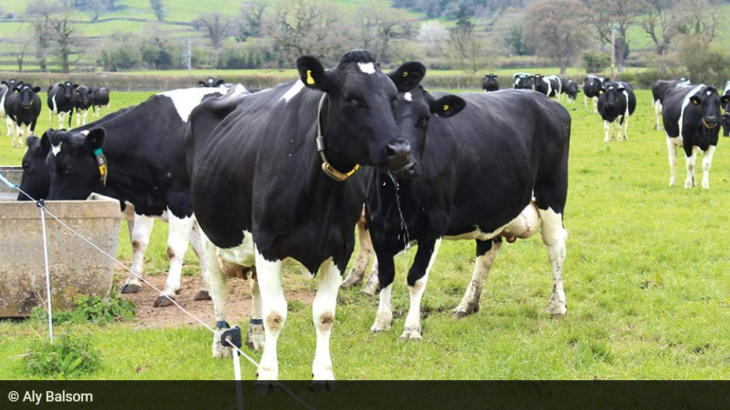
Farming is a key area for attention since it is responsible for 74% of the business’s total carbon footprint.
In 2020, Yeo Valley Farms, with the help of the Farm Carbon Toolkit (FCT), sampled their 809ha (2,000 acres) of farmland to get an indication of soil carbon levels.
Their reasoning was linked to figures from Iowa State University, which showed soils store more carbon than the atmosphere and all of the world’s plants and forests combined.
Tim Mead, director of Yeo Valley Farms, says it is important to recognise this “huge climate asset”, determine base level carbon stocks and ways to raise them.
With one-third more carbon dioxide in the atmosphere than 60 years ago, he believes regenerative agriculture is part of the solution to reversing climate change.
Regenerative farming is focused on agricultural practices that build soil health and increase biodiversity and water cycling with the aim of fighting climate change.
Raising soil organic matter is one way to bolster soil’s carbon storage potential, while also bringing production benefits.
Becky Willson, business development and technical director for FCT, says: “There is a really nice link [between] soil organic matter, soil organic carbon, soil resilience and soil health.” (See “The numbers”).
This means building organic matter and carbon can help with factors such as nutrient cycling, water infiltration and production of quality forage.
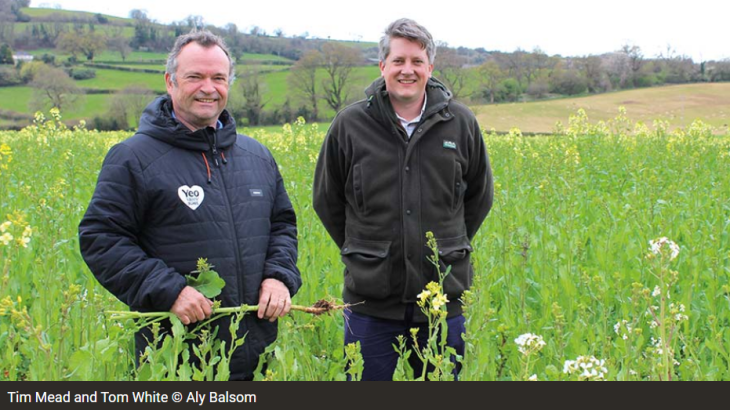
With all these benefits in mind, Yeo Valley has launched the Regenerative Organic Farming Project.
Its 130 dairy farmer suppliers have the option to take part in the project, which will look at farm soil carbon stocks and offer advice on ways to improve.
Mr Mead says the project is about learning, collaboration and sharing knowledge beyond the producer group. It is running over five years allow for time to influence soil carbon levels.
So far, 25 farms have had their soils tested.
Yeo Valley Farms is evaluating several ways to boost soil carbon, from which others may learn. Below, organic regenerative farming project manager Tom White runs through some of them:
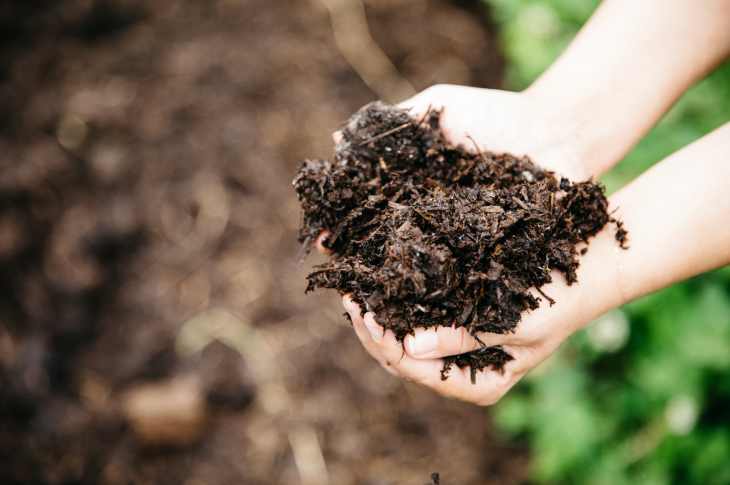
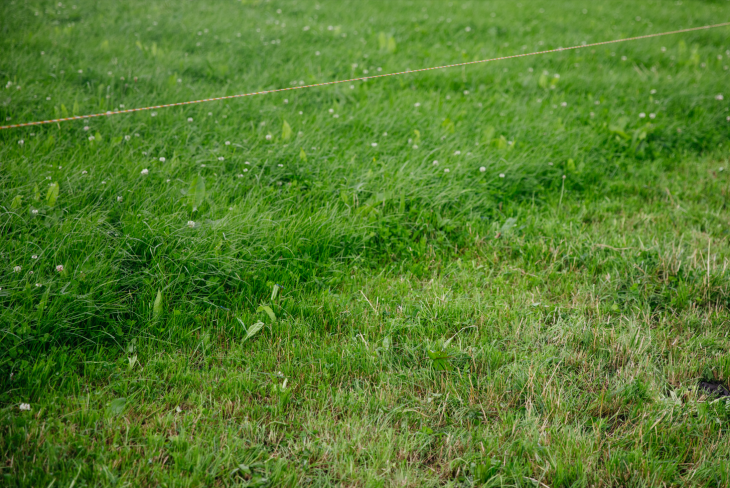
Two dairies
Holt Farm, Blagdon, north Somerset
Yoxter Farm, Mendip Hills, Somerset
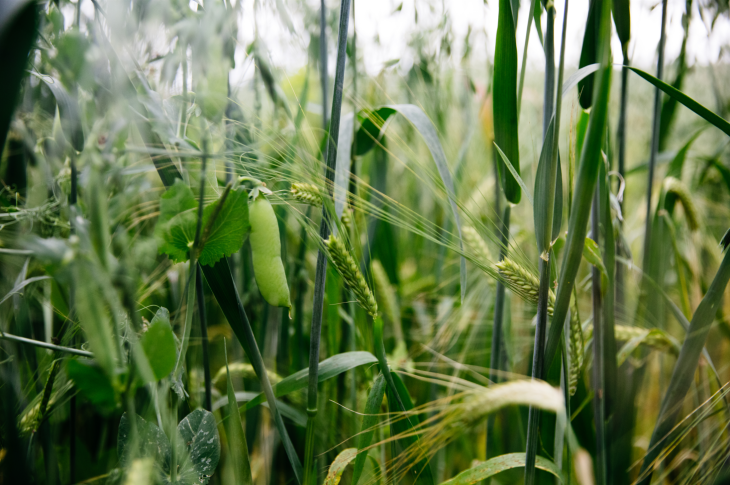
The Farm Carbon Toolkit (FCT) is undertaking soil carbon sampling as part of Yeo Valley’s Regenerative Organic Farming Project.
This complements FCT’s existing Soil Carbon Project which has worked with 100 English farms to understand how to measure and improve soil carbon.
Below, Becky Willson, business development and technical director for FCT, gives an overview of key soil carbon considerations.
Soil type and land use have a strong influence on organic carbon. For example, across Yeo Valley’s own farms, soil organic carbon to 30cm varied from 3.79% to 8.16%.
Clay soils tend to have a greater ability to hold onto carbon than lighter, sandy soils. Generally, arable ground has lower carbon levels than grassland.
Soil samples are taken at 0-10cm, 10-30cm and 30-50cm depths.
The top layer of the soil is very active, whereas the deeper layers contain longer-term, more stable carbon. Just looking at the top layer can undervalue the amount of soil carbon.
To raise soil carbon at the top level of the soil, look at feeding more carbon into the system by using organic manures or compost, for example.
To increase deeper soil carbon, think about incorporating deeper-rooting species in sward mixes, resting between grazings and avoiding compaction to allow root elongation.
